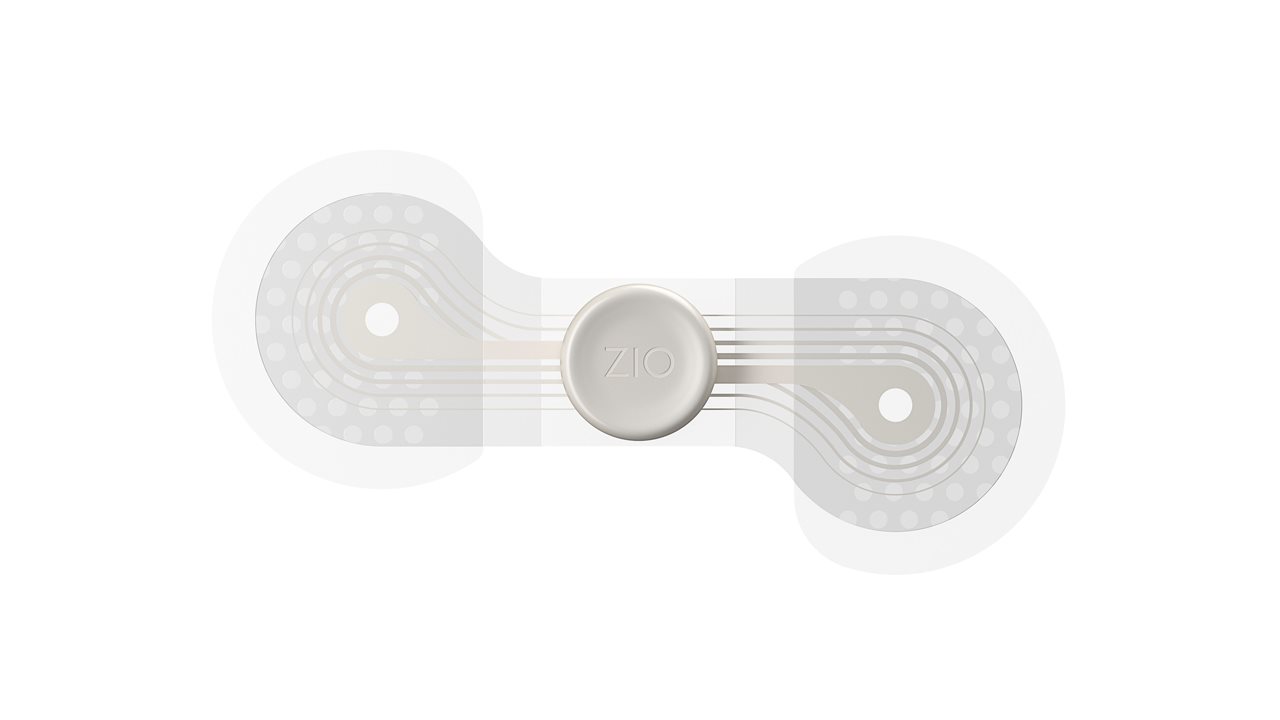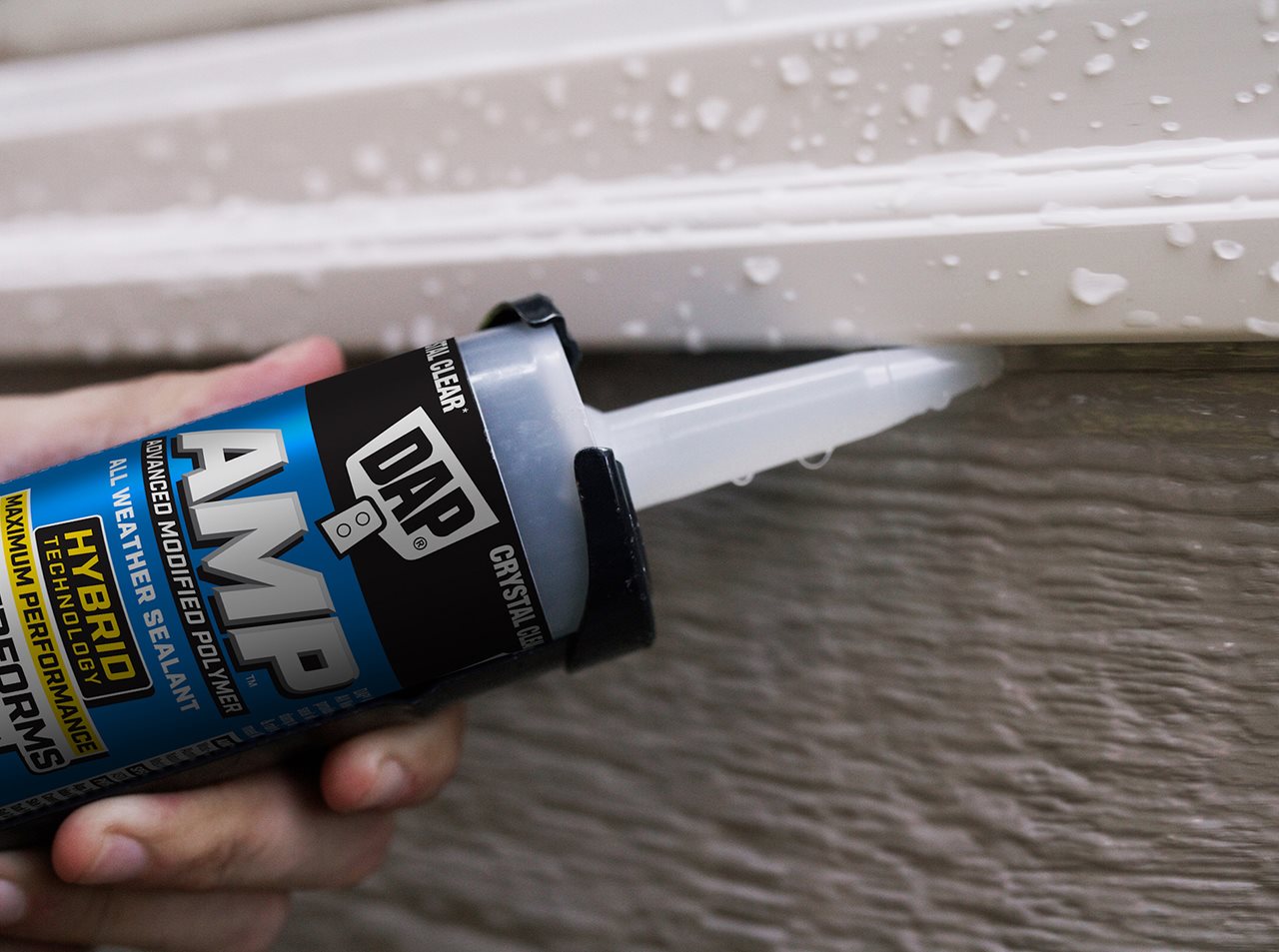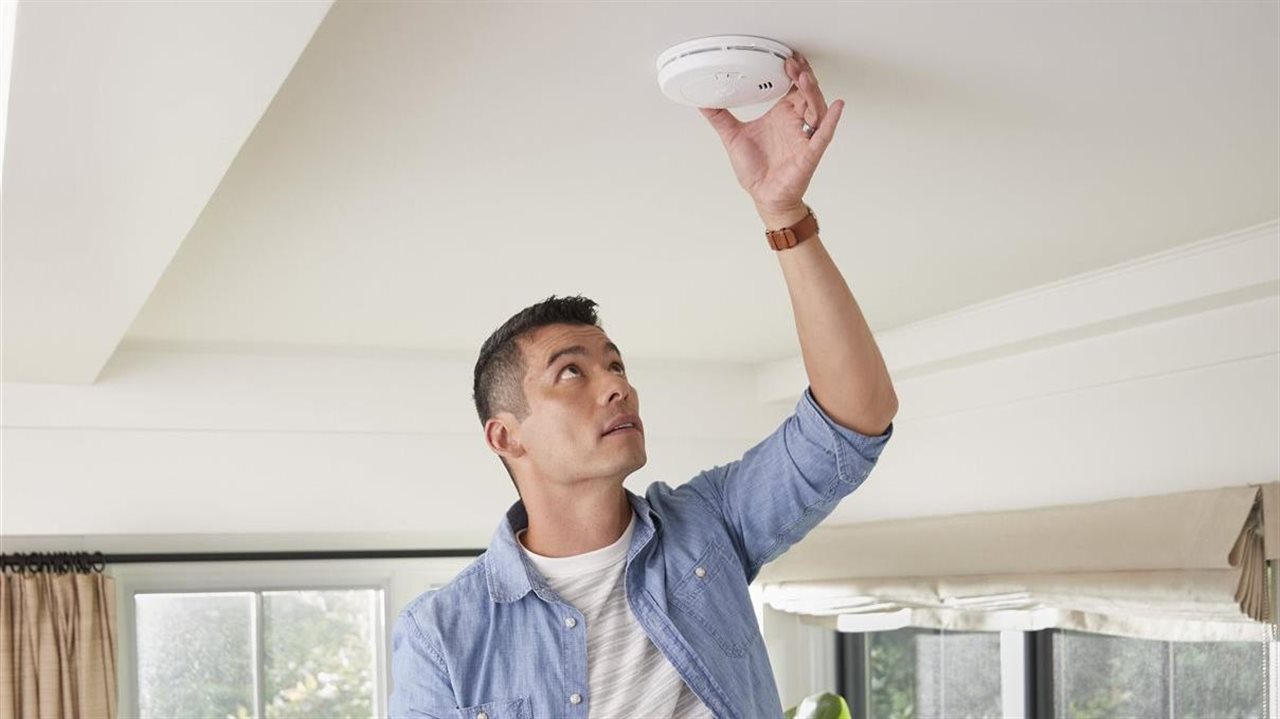2023-09-28T10:49:00
(BPT) – When the COVID-19 pandemic hit in 2020, Ben, who had already been diagnosed with clinical depression in 2018, felt his depressive symptoms increase the more isolated he became. As an information technology consultant in New York City, his daily routine changed drastically. He woke up, immediately began work from bed and joined work meetings with his camera off with little to no participation.
Ben was in survival mode. Eventually, small tasks like showering, eating, sleeping, and attending meetings with his team felt overwhelming and close to impossible. After feeling like every day was a living nightmare, Ben decided to go to a new psychiatrist, who recommended he start taking antidepressants.
Finding the right treatment option isn’t an easy task. Like many people with clinical depression, Ben struggled to find a treatment that worked for him. He cycled through a couple of medications but, to his dismay, none of his depressive symptoms were relieved. Impatient and frustrated, he couldn’t believe it took a 12-week trial period for each new medication to see if it would work for him.
Eventually, after trying a few medications, Ben was diagnosed with treatment-resistant depression or TRD — a term that validated his experience cycling through a couple of treatments without relief. According to the Agency for Healthcare Research and Quality, TRD occurs when a patient has not achieved significant benefit with at least two different antidepressants of adequate dose and duration. Like Ben, about one-third of adults with depression may have this condition, according to a study published in the American Journal of Psychiatry.
Even with treatment and therapy, Ben continued to have depressive episodes. “One day, I received a last-minute meeting invite from my boss — I immediately went into a downward spiral,” he said. “Curled in a ball and sobbing, my chest pain was so severe that I thought I was having a heart attack. I could see the hospital through my window but had no motivation to walk across the street and ask for help.”
Soon after this episode, Ben moved across the country to live with his older sister in Oregon. Together, they researched many other treatment options. Ben was searching for a medication studied specifically to help someone like him and for the confidence that comes with a medicine approved by the U.S. Food and Drug Administration (FDA) specifically for his condition. During his search, he learned about a different treatment option for people diagnosed with TRD, called SPRAVATO® (esketamine) CIII nasal spray.
When he brought up this treatment option, Ben’s psychiatrist walked him through the risks and benefits and administration and dosing requirements, which include going into a certified SPRAVATO® treatment center twice a week for the first four weeks of treatment. They also discussed some of the most serious side effects of this treatment, including dizziness, sedation, dissociation, increases in blood pressure, the risk of abuse and misuse, and increased risk of suicidal thoughts or actions. As with all SPRAVATO® patients, Ben was enrolled in the Risk Evaluation and Mitigation Strategy (REMS) program to track any serious side effects he may experience.
Please see the Important Safety Information, including BOXED WARNINGS, and a list of side effects below.
Once Ben was enrolled in the REMS program, he was able to start his twice-weekly SPRAVATO® treatments in conjunction with an oral antidepressant.
“I started to feel clearer and lighter as my depressive symptoms improved after my treatments, which gave me a new perspective,” he said. “Through treatment and lots of work, my days are no longer completely consumed with self-hate and darkness but rather more self-love and light.”
And, although this treatment may not work for everyone, SPRAVATO® became a key piece of Ben’s treatment plan to help him manage his TRD during one of the most difficult times in his life. Ben advises others who may be struggling to have open communication: “I understand how alone and isolated you may feel when you’re navigating depression, but just know you are not alone. Ask for help — your support system can help advocate for you when you’re unable to advocate for yourself.”
If you or someone you know needs mental health support, call or text 988 Suicide and Crisis Lifeline, available nationwide to people with a mental health counselor.
IMPORTANT SAFETY INFORMATION
What is SPRAVATO® (esketamine) CIII nasal spray?
SPRAVATO® is a prescription medicine, used along with an antidepressant taken by mouth to treat:
- Adults with treatment-resistant depression (TRD)
- Depressive symptoms in adults with major depressive disorder (MDD) with suicidal thoughts or actions
SPRAVATO® is not for use as a medicine to prevent or relieve pain (anesthetic). It is not known if SPRAVATO® is safe or effective as an anesthetic medicine.
It is not known if SPRAVATO® is safe and effective for use in preventing suicide or in reducing suicidal thoughts or actions. SPRAVATO® is not for use in place of hospitalization if your healthcare provider determines that hospitalization is needed, even if improvement is experienced after the first dose of SPRAVATO®.
It is not known if SPRAVATO® is safe and effective in children.
IMPORTANT SAFETY INFORMATION
IMPORTANT SAFETY INFORMATION
What is SPRAVATO® (esketamine) CIII nasal spray?
SPRAVATO® is a prescription medicine, used along with an antidepressant taken by mouth to treat:
- Adults with treatment-resistant depression (TRD)
- Depressive symptoms in adults with major depressive disorder (MDD) with suicidal thoughts or actions
SPRAVATO® is not for use as a medicine to prevent or relieve pain (anesthetic). It is not known if SPRAVATO® is safe or effective as an anesthetic medicine.
It is not known if SPRAVATO® is safe and effective for use in preventing suicide or in reducing suicidal thoughts or actions. SPRAVATO® is not for use in place of hospitalization if your healthcare provider determines that hospitalization is needed, even if improvement is experienced after the first dose of SPRAVATO®.
It is not known if SPRAVATO® is safe and effective in children.
IMPORTANT SAFETY INFORMATION
|
What is the most important information I should know about SPRAVATO®?
SPRAVATO® can cause serious side effects, including:
- Sedation and dissociation. SPRAVATO® may cause sleepiness (sedation), fainting, dizziness, spinning sensation, anxiety, or feeling disconnected from yourself, your thoughts, feelings, space and time (dissociation).
- Tell your healthcare provider right away if you feel like you cannot stay awake or if you feel like you are going to pass out.
- Your healthcare provider must monitor you for serious side effects for at least 2 hours after taking SPRAVATO®. Your healthcare provider will decide when you are ready to leave the healthcare setting.
- Abuse and misuse. There is a risk for abuse and physical and psychological dependence with SPRAVATO® treatment. Your healthcare provider should check you for signs of abuse and dependence before and during treatment with SPRAVATO®.
- Tell your healthcare provider if you have ever abused or been dependent on alcohol, prescription medicines, or street drugs.
- Your healthcare provider can tell you more about the differences between physical and psychological dependence and drug addiction.
- SPRAVATO® Risk Evaluation and Mitigation Strategy (REMS). Because of the risks for sedation, dissociation, and abuse and misuse, SPRAVATO® is only available through a restricted program called the SPRAVATO® Risk Evaluation and Mitigation Strategy (REMS) Program. SPRAVATO® can only be administered at healthcare settings certified in the SPRAVATO® REMS Program. Patients treated in outpatient healthcare settings (e.g., medical offices and clinics) must be enrolled in the program.
- Increased risk of suicidal thoughts and actions. Antidepressant medicines may increase suicidal thoughts and actions in some people 24 years of age and younger, especially within the first few months of treatment or when the dose is changed.
SPRAVATO® is not for use in children.
- Depression and other serious mental illnesses are the most important causes of suicidal thoughts and actions. Some people may have a higher risk of having suicidal thoughts or actions. These include people who have (or have a family history of) depression or a history of suicidal thoughts or actions.
- How can I watch for and try to prevent suicidal thoughts and actions in myself or a family member?
- Pay close attention to any changes, especially sudden changes, in mood, behavior, thoughts, or feelings, or if you develop suicidal thoughts or actions.
- Tell your healthcare provider right away if you have any new or sudden changes in mood, behavior, thoughts, or feelings.
- Keep all follow-up visits with your healthcare provider as scheduled. Call your healthcare provider between visits as needed, especially if you have concerns about symptoms.
- Tell your healthcare provider right away if you or your family member have any of the following symptoms, especially if they are new, worse, or worry you:
|
|
|
- thoughts about suicide or dying
|
- other unusual changes in behavior or mood
|
| |
|
|
Do not take SPRAVATO® if you:
- have blood vessel (aneurysmal vascular) disease (including in the brain, chest, abdominal aorta, arms and legs)
- have an abnormal connection between your veins and arteries (arteriovenous malformation)
- have a history of bleeding in the brain
- are allergic to esketamine, ketamine, or any of the other ingredients in SPRAVATO®.
If you are not sure if you have any of the above conditions, talk to your healthcare provider before taking SPRAVATO®.
Before you take SPRAVATO®, tell your healthcare provider about all of your medical conditions, including if you:
- have heart or brain problems, including:
- high blood pressure (hypertension)
- slow or fast heartbeats that cause shortness of breath, chest pain, lightheadedness, or fainting
- history of heart attack
- history of stroke
- heart valve disease or heart failure
- history of brain injury or any condition where there is increased pressure in the brain
- have liver problems
- have ever had a condition called “psychosis” (see, feel, or hear things that are not there, or believe in things that are not true).
- are pregnant or plan to become pregnant. SPRAVATO® may harm your baby. You should not take SPRAVATO® if you are pregnant.
- Tell your healthcare provider right away if you become pregnant during treatment with SPRAVATO®.
- If you are able to become pregnant, talk to your healthcare provider about methods to prevent pregnancy during treatment with SPRAVATO®.
- There is a pregnancy registry for women who are exposed to SPRAVATO® during pregnancy. The purpose of the registry is to collect information about the health of women exposed to SPRAVATO® and their baby. If you become pregnant during treatment with SPRAVATO®, talk to your healthcare provider about registering with the National Pregnancy Registry for Antidepressants at 1-844-405-6185 or online at https://womensmentalhealth.org/clinical-and-research- programs/pregnancyregistry/antidepressants/.
- are breastfeeding or plan to breastfeed. You should not breastfeed during treatment with SPRAVATO®.
Tell your healthcare provider about all the medicines that you take, including prescription and over-the-counter medicines, vitamins and herbal supplements. Taking SPRAVATO® with certain medicine may cause side effects.
Especially tell your healthcare provider if you take central nervous system (CNS) depressants, psychostimulants, or monoamine oxidase inhibitors (MAOIs) medicines. Keep a list of them to show to your healthcare provider and pharmacist when you get a new medicine.
How will I take SPRAVATO®?
- You will take SPRAVATO® nasal spray yourself, under the supervision of a healthcare provider in a healthcare setting. Your healthcare provider will show you how to use the SPRAVATO® nasal spray device.
- Your healthcare provider will tell you how much SPRAVATO® you will take and when you will take it.
- Follow your SPRAVATO® treatment schedule exactly as your healthcare provider tells you to.
- During and after each use of the SPRAVATO® nasal spray device, you will be checked by a healthcare provider who will decide when you are ready to leave the healthcare setting.
- You will need to plan for a caregiver or family member to drive you home after taking SPRAVATO®.
- If you miss a SPRAVATO® treatment, your healthcare provider may change your dose and treatment schedule.
- Some people taking SPRAVATO® get nausea and vomiting. You should not eat for at least 2 hours before taking SPRAVATO® and not drink liquids at least 30 minutes before taking SPRAVATO®.
- If you take a nasal corticosteroid or nasal decongestant medicine take these medicines at least 1 hour before taking SPRAVATO®.
What should I avoid while taking SPRAVATO®?
Do not drive, operate machinery, or do anything where you need to be completely alert after taking SPRAVATO®. Do not take part in these activities until the next day following a restful sleep. See “What is the most important information I should know about SPRAVATO®?”
What are the possible side effects of SPRAVATO®?
SPRAVATO® may cause serious side effects including:
- See “What is the most important information I should know about SPRAVATO®?”
- Increased blood pressure. SPRAVATO® can cause a temporary increase in your blood pressure that may last for about 4 hours after taking a dose. Your healthcare provider will check your blood pressure before taking SPRAVATO® and for at least 2 hours after you take SPRAVATO®. Tell your healthcare provider right away if you get chest pain, shortness of breath, sudden severe headache, change in vision, or seizures after taking SPRAVATO®.
- Problems with thinking clearly. Tell your healthcare provider if you have problems thinking or remembering.
- Bladder problems. Tell your healthcare provider if you develop trouble urinating, such as a frequent or urgent need to urinate, pain when urinating, or urinating frequently at night.
The most common side effects of SPRAVATO® when used along with an antidepressant taken by mouth include:
- feeling disconnected from yourself, your thoughts, feelings and things
around you
- dizziness
- nausea
- feeling sleepy
- spinning sensation
|
- decreased feeling of sensitivity (numbness)
- feeling anxious
- lack of energy
- increased blood pressure
- vomiting
- feeling drunk
- feeling very happy or excited
|
If these common side effects occur, they usually happen right after taking SPRAVATO® and go away the same day.
These are not all the possible side effects of SPRAVATO®.
Call your doctor for medical advice about side effects. You may report side effects to FDA at 1-800-FDA-1088.
Please see full Prescribing Information, including Boxed WARNINGS, and Medication Guide for SPRAVATO® and discuss any questions you may have with your healthcare provider.
cp-170363v1
Ben is a volunteer with the SHARE Network, a Janssen Pharmaceuticals, Inc., program made up of people who are dedicated to inspiring others through their personal health journeys and stories of caring. He is a real patient with treatment-resistant depression and was compensated by Janssen Pharmaceuticals, Inc., for his time to develop this content.
If a Janssen treatment has made a difference in your life or the life of a loved one, we hope you will consider joining the?SHARE Network.
Every story is unique. If you are an adult living with TRD, talk to your doctor to figure out a treatment plan that’s right for you.
This information is intended for the use of patients and caregivers in the United States and its territories only. Laws, regulatory requirements and medical practices in pharmaceutical products vary from country to country. The Prescribing Information included here may not be appropriate for use outside the United States and its territories.
References:
- Rush AJ et al. Am J Psychiatry. 2006;163(11):1905-1917.
- Agency for Healthcare Research and Quality. Treatment-Resistant Depression: A Narrative and Systematic Review of Definitions and Methods in Clinical Research Studies. Accessed August 18, 2023. https://www.ahrq.gov/sites/default/files/wysiwyg/research/findings/ta/topicrefinement/trdepression-protocol-amendment.pdf.
© Janssen Pharmaceuticals, Inc. 2023 08/23 cp-406942v1
What is the most important information I should know about SPRAVATO®?
SPRAVATO® can cause serious side effects, including:
- Sedation and dissociation. SPRAVATO® may cause sleepiness (sedation), fainting, dizziness, spinning sensation, anxiety, or feeling disconnected from yourself, your thoughts, feelings, space and time (dissociation).
- Tell your healthcare provider right away if you feel like you cannot stay awake or if you feel like you are going to pass out.
- Your healthcare provider must monitor you for serious side effects for at least 2 hours after taking SPRAVATO®. Your healthcare provider will decide when you are ready to leave the healthcare setting.
- Abuse and misuse. There is a risk for abuse and physical and psychological dependence with SPRAVATO® treatment. Your healthcare provider should check you for signs of abuse and dependence before and during treatment with SPRAVATO®.
- Tell your healthcare provider if you have ever abused or been dependent on alcohol, prescription medicines, or street drugs.
- Your healthcare provider can tell you more about the differences between physical and psychological dependence and drug addiction.
- SPRAVATO® Risk Evaluation and Mitigation Strategy (REMS). Because of the risks for sedation, dissociation, and abuse and misuse, SPRAVATO® is only available through a restricted program called the SPRAVATO® Risk Evaluation and Mitigation Strategy (REMS) Program. SPRAVATO® can only be administered at healthcare settings certified in the SPRAVATO® REMS Program. Patients treated in outpatient healthcare settings (e.g., medical offices and clinics) must be enrolled in the program.
- Increased risk of suicidal thoughts and actions. Antidepressant medicines may increase suicidal thoughts and actions in some people 24 years of age and younger, especially within the first few months of treatment or when the dose is changed. SPRAVATO® is not for use in children.
- Depression and other serious mental illnesses are the most important causes of suicidal thoughts and actions. Some people may have a higher risk of having suicidal thoughts or actions. These include people who have (or have a family history of) depression or a history of suicidal thoughts or actions.
- How can I watch for and try to prevent suicidal thoughts and actions in myself or a family member?
- Pay close attention to any changes, especially sudden changes, in mood, behavior, thoughts, or feelings, or if you develop suicidal thoughts or actions.
- Tell your healthcare provider right away if you have any new or sudden changes in mood, behavior, thoughts, or feelings.
- Keep all follow-up visits with your healthcare provider as scheduled. Call your healthcare provider between visits as needed, especially if you have concerns about symptoms.
- Tell your healthcare provider right away if you or your family member have any of the following symptoms, especially if they are new, worse, or worry you:
- suicide attempts
- thoughts about suicide or dying
|
- worsening depression
- other unusual changes in behavior or mood
|
Do not take SPRAVATO® if you:
- have blood vessel (aneurysmal vascular) disease (including in the brain, chest, abdominal aorta, arms and legs)
- have an abnormal connection between your veins and arteries (arteriovenous malformation)
- have a history of bleeding in the brain
- are allergic to esketamine, ketamine, or any of the other ingredients in SPRAVATO®.
If you are not sure if you have any of the above conditions, talk to your healthcare provider before taking SPRAVATO®.
Before you take SPRAVATO®, tell your healthcare provider about all of your medical conditions, including if you:
- have heart or brain problems, including:
- high blood pressure (hypertension)
- slow or fast heartbeats that cause shortness of breath, chest pain, lightheadedness, or fainting
- history of heart attack
- history of stroke
- heart valve disease or heart failure
- history of brain injury or any condition where there is increased pressure in the brain
- have liver problems
- have ever had a condition called “psychosis” (see, feel, or hear things that are not there, or believe in things that are not true).
- are pregnant or plan to become pregnant. SPRAVATO® may harm your baby. You should not take SPRAVATO® if you are pregnant.
- Tell your healthcare provider right away if you become pregnant during treatment with SPRAVATO®.
- If you are able to become pregnant, talk to your healthcare provider about methods to prevent pregnancy during treatment with SPRAVATO®.
- There is a pregnancy registry for women who are exposed to SPRAVATO® during pregnancy. The purpose of the registry is to collect information about the health of women exposed to SPRAVATO® and their baby. If you become pregnant during treatment with SPRAVATO®, talk to your healthcare provider about registering with the National Pregnancy Registry for Antidepressants at 1-844-405-6185 or online at https://womensmentalhealth.org/clinical-and-research- programs/pregnancyregistry/antidepressants/.
- are breastfeeding or plan to breastfeed. You should not breastfeed during treatment with SPRAVATO®.
Tell your healthcare provider about all the medicines that you take, including prescription and over-the-counter medicines, vitamins and herbal supplements. Taking SPRAVATO® with certain medicine may cause side effects.
Especially tell your healthcare provider if you take central nervous system (CNS) depressants, psychostimulants, or monoamine oxidase inhibitors (MAOIs) medicines. Keep a list of them to show to your healthcare provider and pharmacist when you get a new medicine.
How will I take SPRAVATO®?
- You will take SPRAVATO® nasal spray yourself, under the supervision of a healthcare provider in a healthcare setting. Your healthcare provider will show you how to use the SPRAVATO® nasal spray device.
- Your healthcare provider will tell you how much SPRAVATO® you will take and when you will take it.
- Follow your SPRAVATO® treatment schedule exactly as your healthcare provider tells you to.
- During and after each use of the SPRAVATO® nasal spray device, you will be checked by a healthcare provider who will decide when you are ready to leave the healthcare setting.
- You will need to plan for a caregiver or family member to drive you home after taking SPRAVATO®.
- If you miss a SPRAVATO® treatment, your healthcare provider may change your dose and treatment schedule.
- Some people taking SPRAVATO® get nausea and vomiting. You should not eat for at least 2 hours before taking SPRAVATO® and not drink liquids at least 30 minutes before taking SPRAVATO®.
- If you take a nasal corticosteroid or nasal decongestant medicine take these medicines at least 1 hour before taking SPRAVATO®.
What should I avoid while taking SPRAVATO®?
Do not drive, operate machinery, or do anything where you need to be completely alert after taking SPRAVATO®. Do not take part in these activities until the next day following a restful sleep. See “What is the most important information I should know about SPRAVATO®?”
What are the possible side effects of SPRAVATO®?
SPRAVATO® may cause serious side effects including:
- See “What is the most important information I should know about SPRAVATO®?”
- Increased blood pressure. SPRAVATO® can cause a temporary increase in your blood pressure that may last for about 4 hours after taking a dose. Your healthcare provider will check your blood pressure before taking SPRAVATO® and for at least 2 hours after you take SPRAVATO®. Tell your healthcare provider right away if you get chest pain, shortness of breath, sudden severe headache, change in vision, or seizures after taking SPRAVATO®.
- Problems with thinking clearly. Tell your healthcare provider if you have problems thinking or remembering.
- Bladder problems. Tell your healthcare provider if you develop trouble urinating, such as a frequent or urgent need to urinate, pain when urinating, or urinating frequently at night.
The most common side effects of SPRAVATO® when used along with an antidepressant taken by mouth include:
- feeling disconnected from yourself, your thoughts, feelings and things around you
- dizziness
- nausea
- feeling sleepy
- spinning sensation
|
- decreased feeling of sensitivity (numbness)
- feeling anxious
- lack of energy
- increased blood pressure
- vomiting
- feeling drunk
- feeling very happy or excited
|
If these common side effects occur, they usually happen right after taking SPRAVATO® and go away the same day.
These are not all the possible side effects of SPRAVATO®.
Call your doctor for medical advice about side effects. You may report side effects to FDA at 1-800-FDA-1088.
Please see full Prescribing Information, including Boxed WARNINGS, and Medication Guide for SPRAVATO® and discuss any questions you may have with your healthcare provider.
cp-170363v1
Ben is a volunteer with the SHARE Network, a Janssen Pharmaceuticals, Inc., program made up of people who are dedicated to inspiring others through their personal health journeys and stories of caring. He is a real patient with treatment-resistant depression and was compensated by Janssen Pharmaceuticals, Inc., for his time to develop this content.
If a Janssen treatment has made a difference in your life or the life of a loved one, we hope you will consider joining the SHARE Network.
Every story is unique. If you are an adult living with TRD, talk to your doctor to figure out a treatment plan that’s right for you.
This information is intended for the use of patients and caregivers in the United States and its territories only. Laws, regulatory requirements and medical practices in pharmaceutical products vary from country to country. The Prescribing Information included here may not be appropriate for use outside the United States and its territories.
cp-406942v1





























